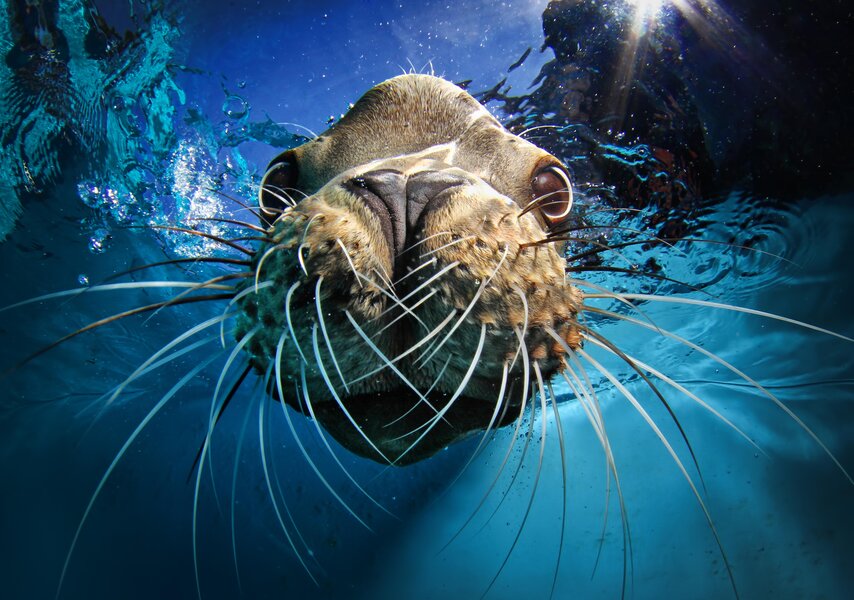In a changing climate, it's survival of the oldest, say scientists
Loading...
The world's oldest species aren't going anywhere, according to a team of researchers from the University of Lausanne: Vertebrate species that have proven their mettle, evolutionarily speaking, will likely be more resilient against climate change.
Older vertebrates that have survived extinction for millions of years, like some sea lions and toads, have a better chance of surviving environmental challenges compared to younger species on the evolutionary timescale, say the four scientists. Because they have already demonstrated a stronger resiliency to environmental fluctuations than their extinct peers, older species' advantageous character traits will continue to serve them well in the future.
"A species that has persisted through very long periods – and thus, survived across a wide range of environmental conditions – may be more resilient than a recently evolved taxon whose vulnerability has not yet been tested to the same degree," the authors explain in their paper. "An important question is then what are the factors that affect a species' age?"
After comparing a dataset of 600 species worldwide, author Dr. Sylvain Dubey and his three colleagues created a "complete and clear picture of the factors shaping the resilience of species," they write in their study, published Tuesday in the journal BMC Evolutionary Biology. Latitude, color, and reproduction mode proved highly significant, findings that could help conservationists determine which species will be most vulnerable to climate change.
Color polymorphic species, whose individuals come in at least two different colors, were 1.86 million years older, on average, than monomorphic species. In polymorphic species, like owls and some amphibians, body color plays an evolutionary role in determining habitat, prey-predator relationships and thermoregulation. Different colors lend themselves to ecological success by helping the species flourish in a wider array of habitats, for example.
Whereas viviparous species, which give birth to live young, had consistent resiliency across all latitudes, oviparous species, which lay eggs, were older at low latitudes but younger at high latitudes. This correlation suggests that egg-laying species are more reliant on steady weather patterns for reproduction, compared to their viviparous counterparts, who have a better "buffering capacity" against harsh environments while the embryo is developing.
The findings have as much to do with the future as with the past, the authors say.
"Looking at the history of species survival will help us to predict which ones could be better able to deal with current climate change," Dr. Dubey says in a press release, "and to better predict the threat status of species on the red list of the International Union for Conservation of Nature (IUCN)."
In 2015, a team of ecologists and biologists confirmed that Earth is entering a sixth mass extinction with "an exceptionally rapid loss of biodiversity over the last few centuries." In the past century alone, worldwide extinction has increased a hundredfold, the authors concluded, using "extremely conservative assumptions."
Endangered species advocates, however, say early detection – with the help of identification patterns like those Dubey and his co-authors suggest – could be the key to protection.
"The earlier we identify and protect species in trouble, the more likely they survive and recover," Noah Greenwald, Endangered Species Director at the Center for Biological Diversity, tells The Christian Science Monitor.
Under the Fish and Wildlife Service's (FSW) implementation of the Endangered Species Act (ESA), a species' population has to drastically drop before they are approved for the ESA's candidate list, Mr. Greenwald explain, and it still may take decades for the species to receive protection.
"There are hundreds of species that probably need protection, but there is no way to track them and look ahead. FWS isn't systematically protecting species, they are responding to things as they come at them," he says.
But what if governmental agencies and interest groups knew how to predict species' resilience?
That would make a difference "for sure," says Greenwald. "We need to know the species to watch so if we see a decline, maybe we can take early action."






